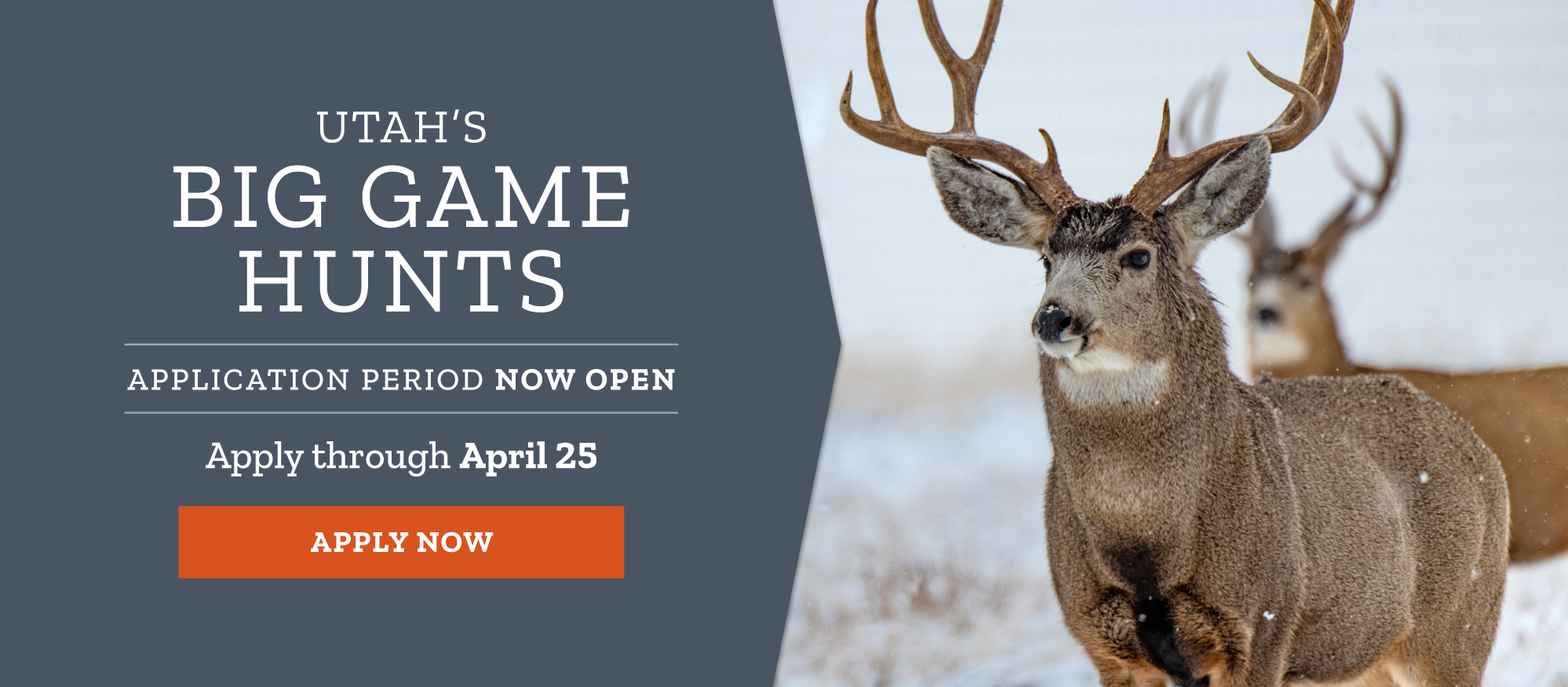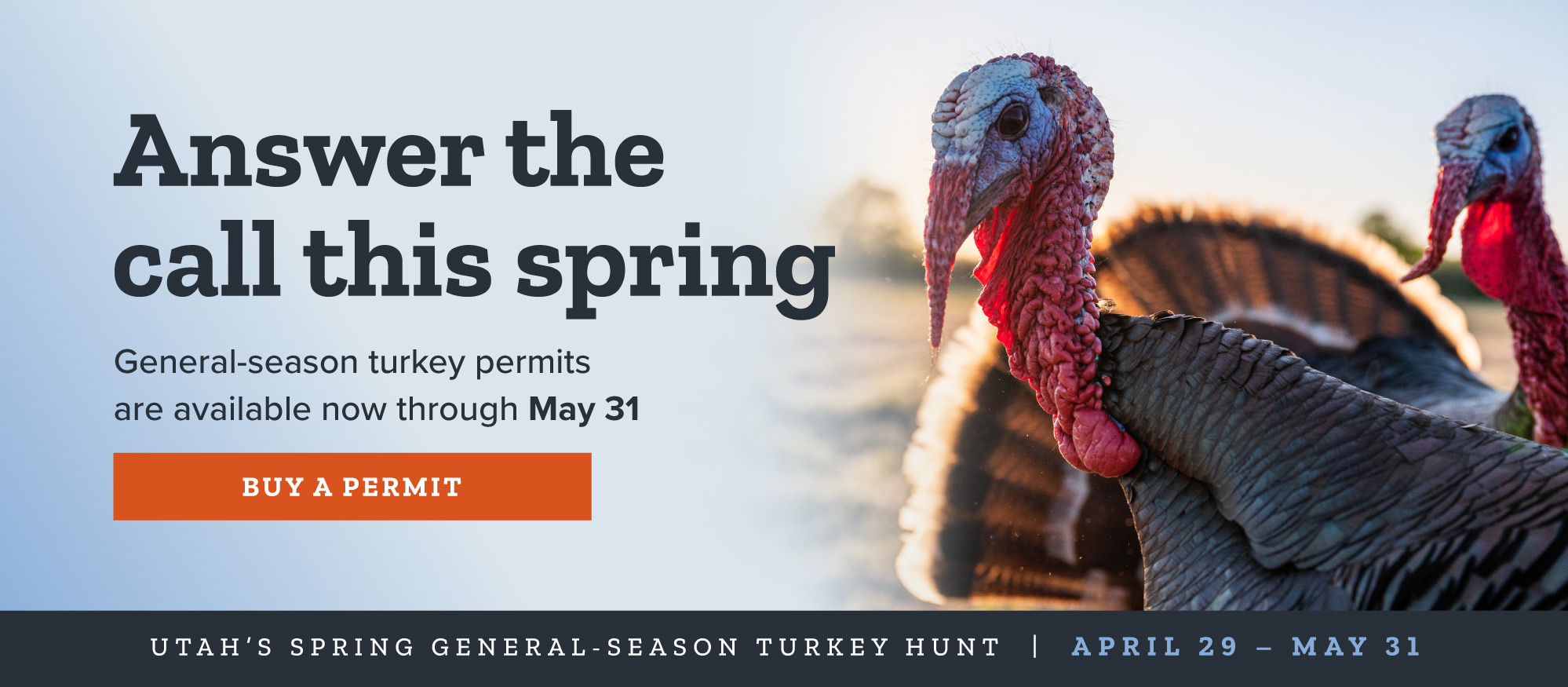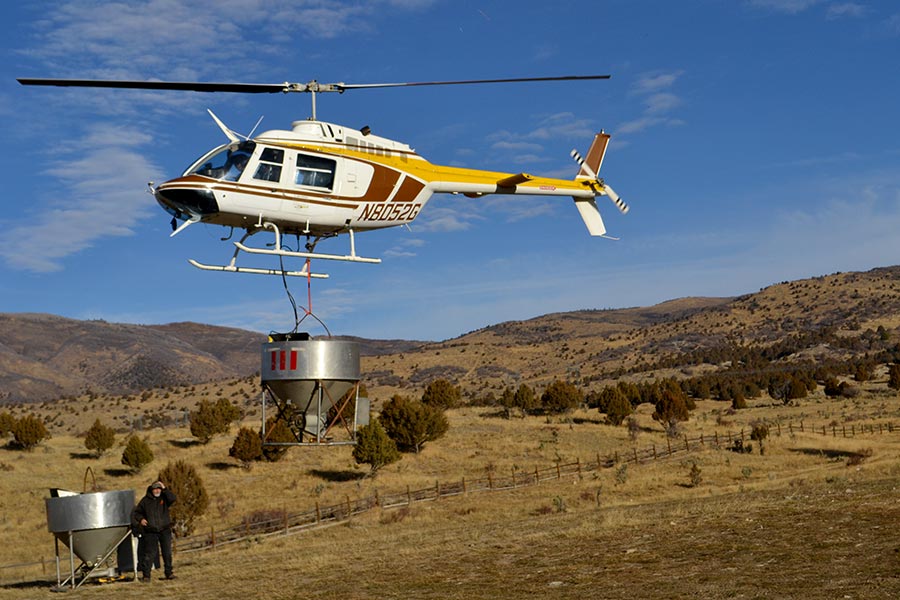Over 148,000 acres restored through Utah's Watershed Restoration Initiative in 2022-23
Salt Lake City — Utah's Watershed Restoration Initiative works to improve and restore high-priority watersheds and habitats throughout the state. During this past fiscal year — between July 1, 2022 and June 30, 2023 — a whopping total of 148,883 acres were improved across Utah through this unique and innovative program.
Created in 2006, this Utah Department of Natural Resources partnership-based program, focuses on improving watershed health and biological diversity, increasing water quality and yield, and improving opportunities for sustainable uses of natural resources, including restoring fish and wildlife habitats. As one of the initiative's founding partners, the Utah Division of Wildlife Resources plays a key role in planning, overseeing and completing regional restoration projects.
Between 2022-23, Utah's Watershed Restoration Initiative completed a lot of habitat restoration work, including:
- Restoring 148,883 acres across Utah, including 31,518 acres burned by wildfires.
- Mixing and spreading 523,120 pounds of seed on various landscapes (including those burned by fires) across Utah.
- Completing a total of 101 habitat restoration projects.
- Improving 262 miles of streams.
- Creating an estimated 644 jobs in the state.
Over $37 million of total funding was invested by more than 86 partners to pay for the different restoration projects. Part of the funding for these projects comes from the DWR Habitat Council, which is funded by a portion of revenue from the fees customers pay for licenses, permits, stamps and certificates of registration. Other funding partners include the Bureau of Land Management, U.S. Forest Service, U.S. Fish and Wildlife Service, Natural Resource Conservation Service, conservation groups and many other non-government organizations.
Habitat work through Utah’s Watershed Restoration Initiative includes:
- Aerial seeding after a wildfire.
- Removing encroaching trees for sagebrush preservation and rangeland fire management.
- Prescribed fires to reduce fire fuels in an area (which reduces the risk of a catastrophic wildfire) and to enhance the aspen habitat utilized by many wildlife species.
- Stream restoration through various techniques, including an innovative method of building artificial beaver dams. This unique dam-mimicking technique was conceptualized in Utah and decreases erosion, raises river levels and even improves water quality.
- Planting shrubs and sagebrush to provide feed and shelter for mule deer, sage-grouse and other wildlife species.
"These proactive projects to improve wildlife habitat and watershed health throughout the state are crucial, not only for our fish and wildlife species, but also for the residents of Utah," Utah's Watershed Restoration Initiative Program Director Tyler Thompson said. "It takes a great deal of coordination and funding to make these projects possible, and we are very grateful to our many partners and their continued support of wildlife conservation and improving water quality."
Since 2006, this program has improved over 2.5 million acres of Utah's landscapes through a total of 2,700 restoration projects and has created an estimated 6,560 jobs. Visit the WRI website to see where these projects have taken place across the state.

















